Fooled Ya!

Be careful out there. Not everything is as it seems. Tricks, traps and smooth talkers are everywhere. Read on for some of the most famous cons ever.
Tomorrow is one of my favorite days of the year. It’s when I get to play some practical jokes on the family. Nothing too serious of course, but all in good fun. I have to admit I am not nearly as good at this as my girls! it’s especially fun with the grandkids, as they are not old enough to know what I’m really up to. Although in full disclosure I think they will never really know what I’m up to anyways! (That’s part of my charm!)To trick, or con someone, on a larger scale to me is morally unjust and legally inadvisable – but there is nonetheless an art to pulling off an effective con. Throughout history, there’s been some doozies – some are so outlandish, so conniving, and so audacious that we can’t help but be fascinated. Thanks to the internet and the digital nature of scams like phishing, it’s getting harder and harder to actually fooling people to follow your tricks. But once upon a time, cons were up close and personal. Special thanks to mentalfloss.com and spyscape.com for the stories – I picked some of my favorite hoaxes, impersonations and other tricks. Enjoy!
Here’s some music to enjoy while you read (it will make sense when you read the last con)
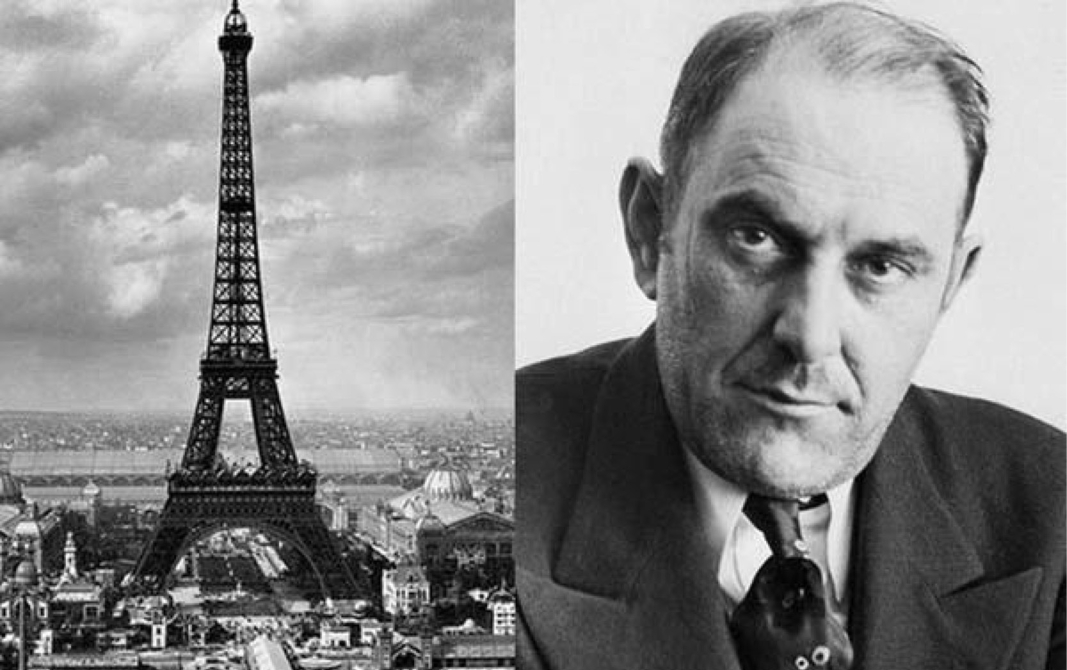
Selling the Eiffel Tower
As is probably fitting, much of the life of Victor Lustig is unclear, including his name (when he was at Alcatraz, he was held under Robert V. Miller). Lustig was a famous counterfeiter, but it’s said his biggest swindle came in 1925, when he had documentation arranged identifying him as the “Deputy Director General of the Ministère de Postes et Télégraphes.” The premise was simple: Lustig set up meetings with scrap iron dealers and told them that the Eiffel Tower, then in desperate need of repair, was going to be demolished and its materials sold off to the highest bidder. All of the dealers were interested, but Lustig fixated on André Poisson, asking Poisson for a bribe in order to “award” him the materials. After securing the money, Lustig fled France but soon returned to try to perpetuate the same scam a second time…he went to jail.
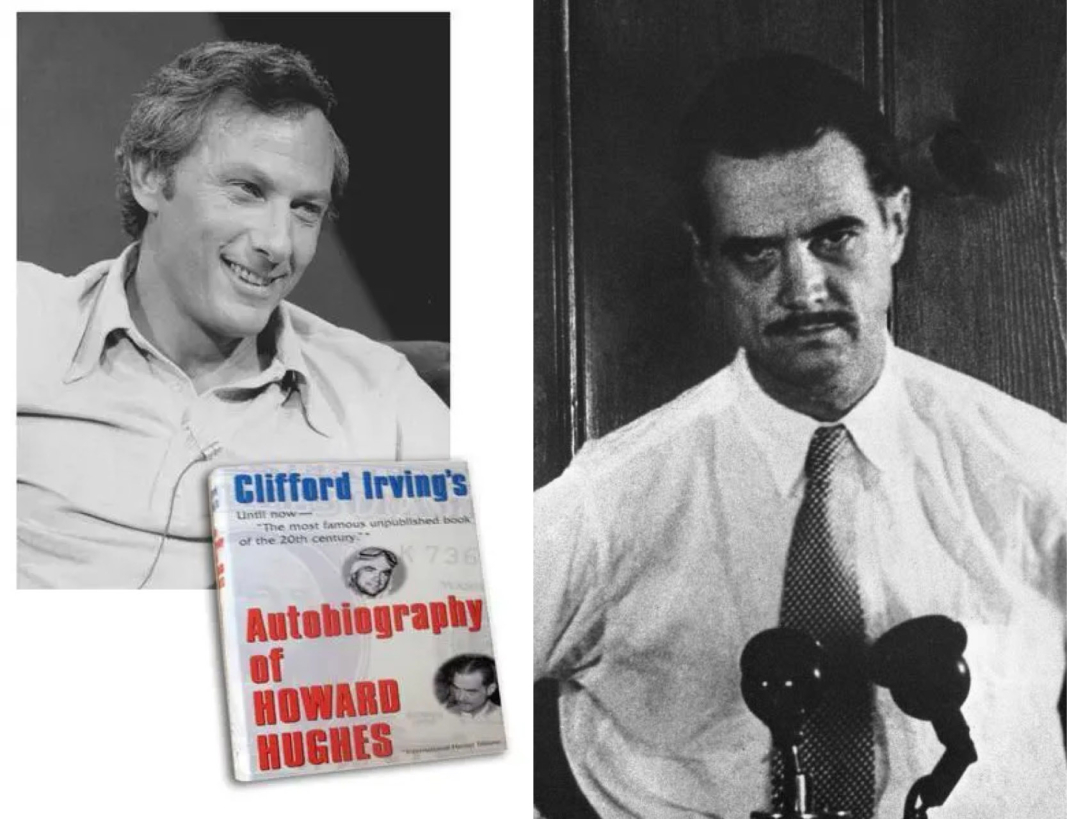
The Man Who “Revealed” Howard Hughes
A writer of little regard in the 1970s, Clifford Irving concocted a literary scheme for the ages. He approached publisher McGraw-Hill in 1971 claiming that he had struck up a rapport with eccentric aviator and billionaire Howard Hughes, who had largely retreated from public life. Irving’s con was simple: He offered editors an autobiography of Hughes, one he would secretly invent out of whole cloth, and bank on the fact that Hughes would never come forward to debunk it. After netting hundreds of thousands of dollars for various publishing deals, Irving was dismayed to discover Hughes could indeed be bothered to come out of hiding and deny any knowledge of Irving or his book. In 1972, Irving and his wife and co-conspirator, Edith, pled guilty to conspiracy in federal court and conspiracy and grand larceny in state court. Irving went to prison for 17 months, but a book did materialize: 1972’s Clifford Irving: What Really Happened (later retitled The Hoax), in which Irving recounted the con in detail. Irving, who died in 2017, said he thought it was a harmless “joke” and that he would do it again if given the chance.
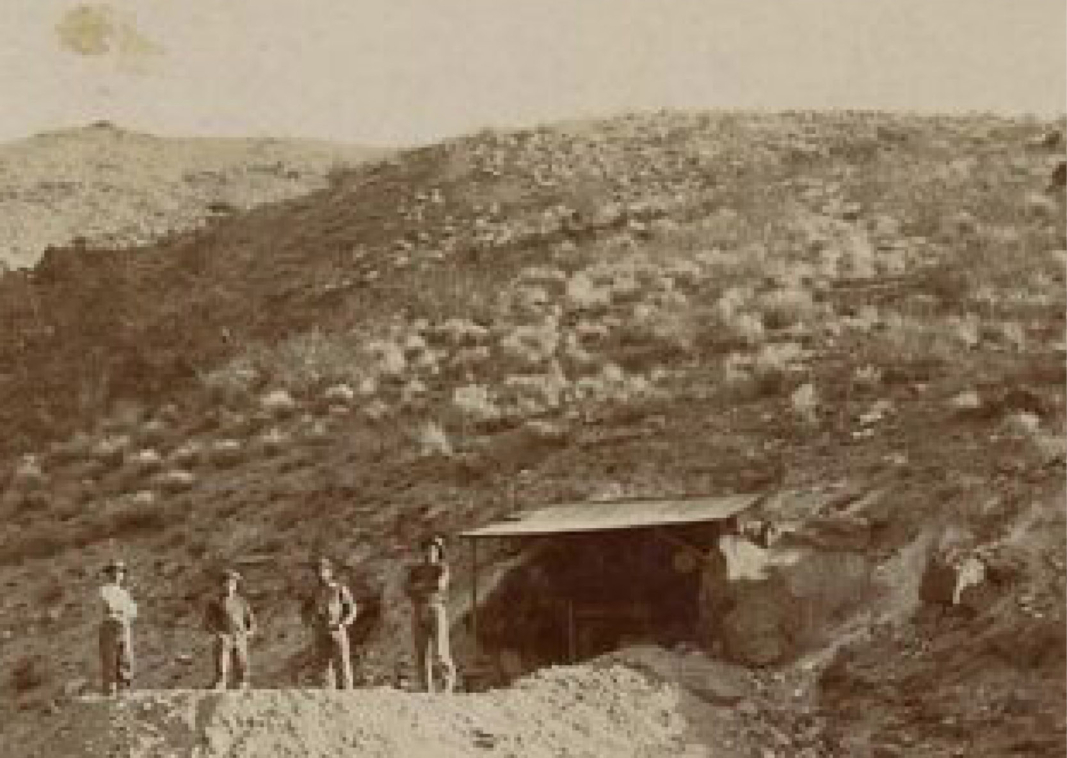
The Golden Gulch Gold Mine
The secret to good business for Ed Barbara, a furniture salesman in the San Francisco Bay area in the 1970s and 1980s, was irritation. Barbara became a well-known figure by peppering the region with annoying commercials. He also did more than just irritate: In 1984, Barbara declared he had a 50 percent interest in the Golden Gulch gold mine near Truth or Consequences, New Mexico. The site was said to be prepared to excavate gold worth as much as $93 million in the first year alone; Barbara’s company, Dynapac, Inc., sold shares, netting Barbara big profits. It was a con, of course. A whistleblower, mine assayer David Fingado, disclosed the mine was meritless to CNN. Less than a week later, he was dead after a highly suspicious car crash (though the official report determined it was an accident. Barbara fled before being hauled back to New Mexico to stand trial on fraud and racketeering charges. He racked up guilty verdicts in 1988 but fled on bail and remained a fugitive until his death in 1990.
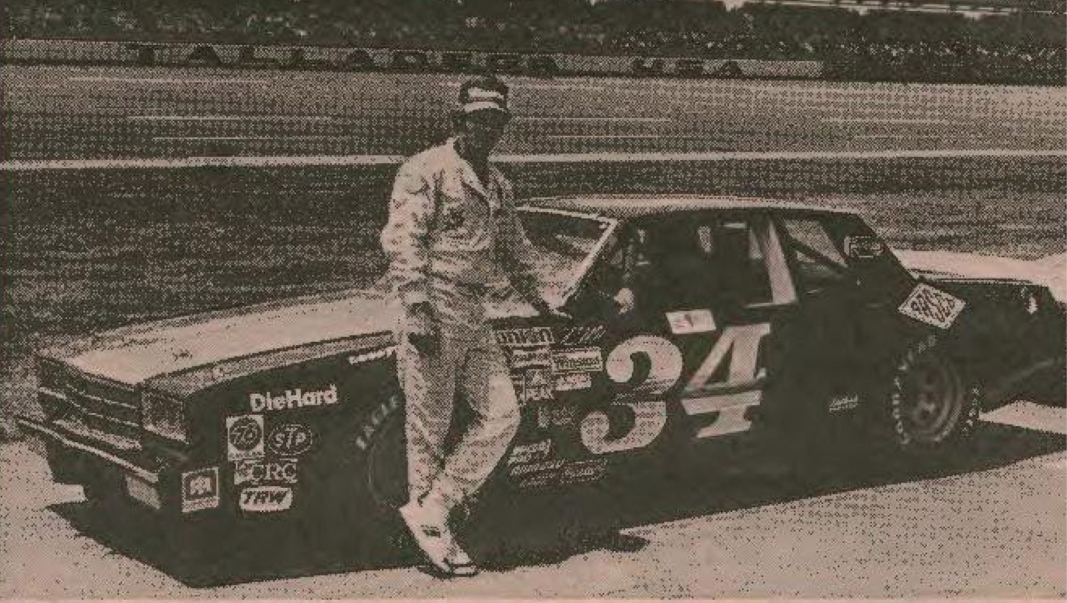
The NASCAR Driver Who Wasn’t
It takes guts and glory to drive on the NASCAR circuit. Alternately, you could just lie your face off and hope for the best. That was the strategy for L.W. Wright, who entered the Winston 500 race in Talladega, Alabama, in 1982 and who (falsely) claimed country music star Merle Haggard was a sponsor. Wright then went around in search of a race car and convinced several race veterans to part with money so he could get some wheels under him. All of it seemed on the level because it seemed preposterous anyone would lie about being a NASCAR pro. Wright performed poorly, completing just 13 out of 188 laps—enough for second-to-last place, because the car in last place crashed—and then disappeared in a haze of bounced checks and no real hint as to his actual identity.

The Trunk Scam
In the 1700s, Barbara Erni traveled in and around Liechtenstein toting a large trunk secured to her back. Living a nomadic existence, she would make frequent stops to secure lodging for the night. Each time, Erni would tell the innkeeper that her trunk contained her most valued possessions and to put it in the most secure room in the inn. The owners obliged, unaware that the trunk didn’t hold clothes or jewels—it contained a co-conspirator who would spring out of the trunk, scoop up any valuables, and then disappear with Erni in tow. The plot worked for 15 years until Erni and her partner were arrested in 1784. As a sentence for their crimes, the two lost their most valuable possessions: their heads.
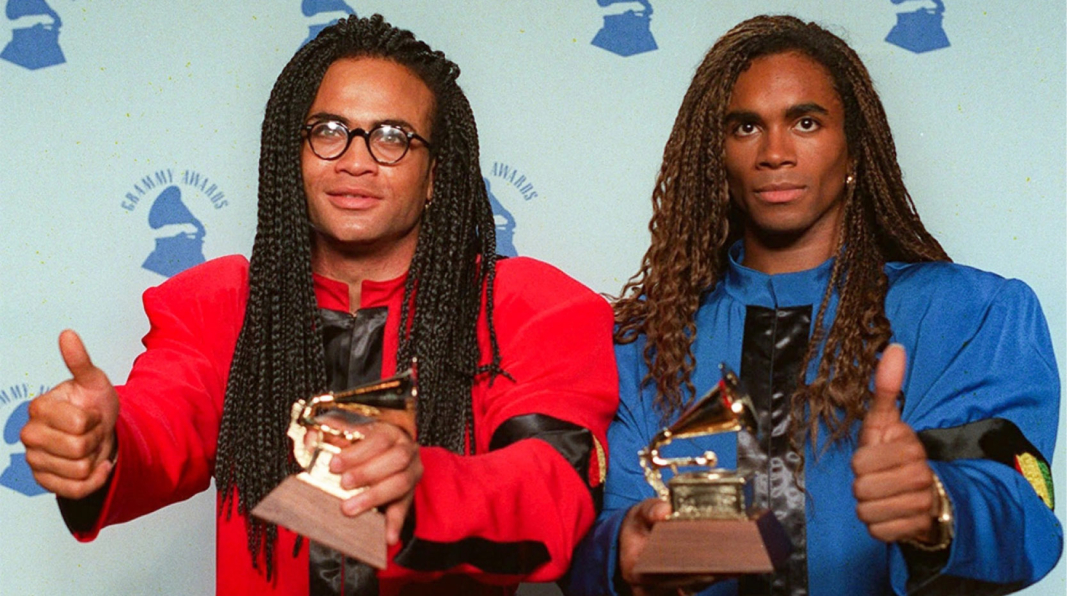
The Record-Setting Con
In the late 1980s, pop music heralded the arrival of Milli Vanilli, an energetic song-and-dance duo that had a hit album, Girl You Know It’s True, and the Grammy for Best New Artist. Performers Rob Pilatus and Fab Morvan certainly looked the part of pop stars, with model looks and sharp dance moves. They had come out of the Munich music scene and were signed by producer Frank Farian, who decided that a complete pop package would need something more—like singing talent. Farian masterminded a plot in which Rob and Fab would be the faces of Milli Vanilli while other vocalists did the heavy lifting. Farian later claimed he didn’t know the act would get as big as it did. After three number one singles and worldwide adoration, the band was subjected to more scrutiny, and Rob and Fab started demanding to do their own singing. Rather than allow that, a panicking Farian held a press conference where he disclosed the truth.
Bunch more if interested: CLICK
::::::::::::::::::::::::::::::::::::::::::::::::::::::::::::::::::::::::::::::::::::::::::
DO YOU LIKE CONTESTS?
Me, too.
As you may know the Kowalski Heat Treating logo finds its way
into the visuals of my Friday posts.
I. Love. My. Logo.
One week there could be three logos.
The next week there could be 15 logos.
And sometimes the logo is very small or just a partial logo showing.
But there are always logos in some of the pictures.
So, I challenge you, my beloved readers, to count them and send me a
quick email with the total number of logos in the Friday post.
On the following Tuesday I’ll pick a winner from the correct answers
and send that lucky person some great KHT swag.
So, start counting and good luck!
Oh, and the logos at the very top header don’t count.
Got it? Good. :-))))
Have fun!!
::::::::::::::::::::::::::::::::::::::::::::::::::::::::::::::::::::::::::::::::::::::::::












